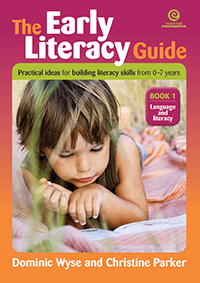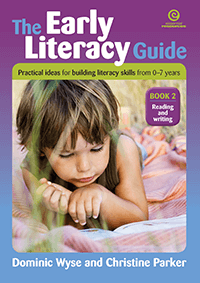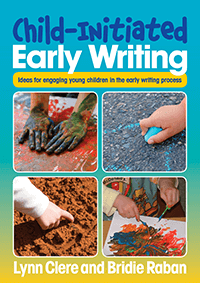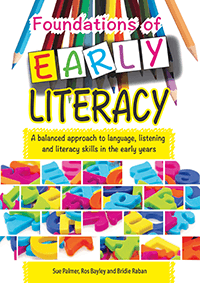Contents |
| Introduction | 4 |
| Part A: Reading | 6 |
| Chapter 1: Texts for reading | 6 |
| Reviewing books with seven-year-olds | 7 |
| Responding to children's reading choices | 8 |
| Chapter 2: The learning environment for reading |
| An inspiring book area for three-year-olds | 10 |
| An inspiring book area for six-year-olds | 11 |
| Chapter 3: Children's names early years setting | 14 |
| Working with children's names in the |
| Chapter 4: Strategies for reading | 16 |
| Chapter 5: Interpreting texts | 18 |
| Dear Zoo: a core story for three-year-olds | 19 |
| Silly Billy: a core story for five-year-olds | 19 |
| Chapter 6: Teaching letters and phonemes | 21 |
| Requirements of phonics teaching | 21 |
| Strategies for phonics teaching | 22 |
| Texts for phun, and fonics! | 26 |
| Non-fiction texts to inspire more phonics learning | 27 |
| Where Is Fox? A week of phonics sessions | 28 |
| Games for learning letters and phonemes | 30 |
| Keeping records | 31 |
| Part B: Writing | 32 |
| Chapter 7: Texts for writing | 32 |
| Chapter 8: The learning environment for writing |
| Writing area | 36 |
| Book-making area | 37 |
| Chapter 9: Strategies for writing | 40 |
| Strategies to support four-year-olds in writing stories |
| First-hand experience for six-year-olds | 41 |
| Chapter 10: Grammar and punctuation | 44 |
| Teaching grammar | 44 |
| Teaching punctuation | 45 |
| Exploring language through play | 46 |
| Café role play involving five-year-olds | 46 |
| Examples from six-year-olds | 48 |
| Chapter 11: Spelling | 51 |
| Developing spelling across the learning areas | 52 |
| Developing spelling in the writing area | 52 |
| Developing spelling in the reading area | 52 |
| Spelling sessions for four-year-olds | 53 |
| Games and strategies to develop spelling | 54 |
| Case study: One child's journey to better spelling | 55 |
| Chapter 12: Handwriting | 56 |
| Index | 59 |




